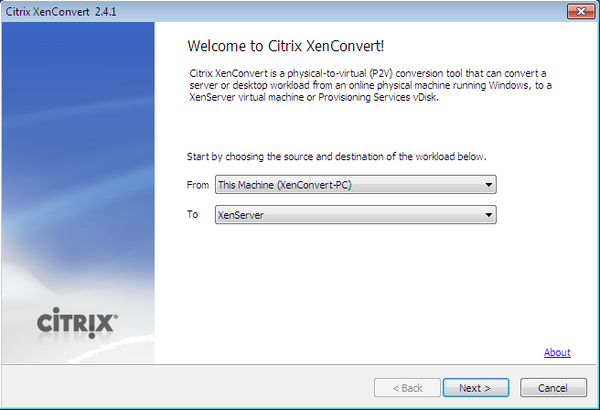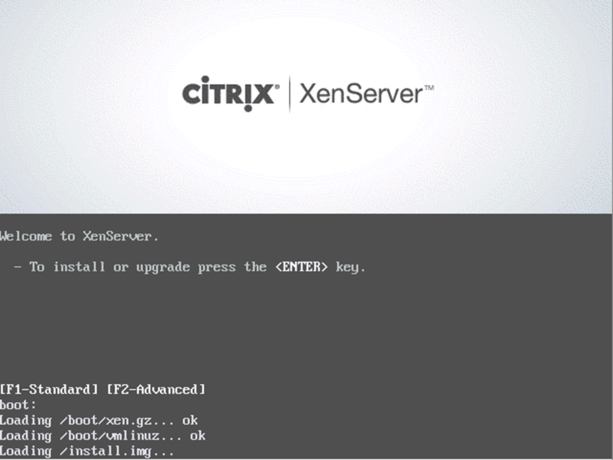What is the Windows PV Driver Subproject/team?
- Xen Gpl Pv Driver Developers Scsi & Raid Devices Driver Download Windows 10
- Xen Gpl Pv Driver Developers Scsi & Raid Devices Driver Downloads
- Xen Gpl Pv Driver Developers Scsi & Raid Devices Driver Download Windows 7
- Xen Gpl Pv Driver Developers Scsi & Raid Devices Driver Download 64-bit

This project has taken the the XenServer Windows PV Drivers, re-written them and contributed them to the Xen Project. The Windows PV Driver Subproject is developing these drivers under Xen Project governance. One of the reasons to do this, is to make the drivers more easily signable and distributable via the Windows driver update mechanism. Note that the subproject is not maintaining the GPL PV drivers.
You can find drivers at the Xen Project download page.
What are the GPLPV Drivers and where can I get them?
I've just uploaded the latest release of the GPL PV drivers for Windows. The changes in this version are. Bug fixes to xennet. Bug fixes elsewhere. Better prevention of the qemu block device loading when /gplpv is specified. PvSCSI support (eg can pass through tape drives and cd burners, although I haven't tested the latter). In particular, I'm only testing with Xen 3.4.1 these days so anything older isn't tested although it should work. There was a problem with the signing of the drivers that would prevent them working properly under Vista/2008 x64 even with testsigning enabled. This should resolve that. The installation procedure for Vista/2008 x64 is as follows:.
Xen Gpl Pv Driver Developers Scsi & Raid Devices Driver Download Windows 10
A collection of open source Window PV drivers that allow Windows to be para-virtualized. They are currently being implemented under the leadership of James Harper. More information onthese drivers at:
How can I tell if the GPLPV Drivers are loaded correctly?
If the drivers are installed correctly there should be a Xen Project device under 'System Devices' in device manager.
Can I get signed GPLPV Drivers?
Yes, you can get signed GPLPV drivers from univention.de and from [[::Category:Windows PV Drivers]].

Xen Gpl Pv Driver Developers Scsi & Raid Devices Driver Downloads
| Needs Review Important page: This page is probably out-of-date and needs to be reviewed and corrected! |
About
Xen Gpl Pv Driver Developers Scsi & Raid Devices Driver Download Windows 7
xenvbd is the driver that interfaces between the Windows scsiport miniport driver and the Linux blockback driver.
scsiport
Xen Gpl Pv Driver Developers Scsi & Raid Devices Driver Download 64-bit

Almost all of the Windows scsiport code runs at a very high IRQL, and there is a long list of things that cannot be done at a high IRQL. The main things are spinlocks, memory allocation, and waiting for events. scsiport makes sure that all the code is properly synchronised so spinlocks aren't a problem, and xenpci takes care of all the xenbus stuff so waiting for events isn't a problem. Not being able to allocate memory is a huge pain though.
x32 vs x64
Because of some alignment issues, the block front/back ring structure is different between 32 and 64 bit environments. This is a problem if Dom0 is one and DomU is the other. Later versions of xen (3.2+ I think) take care of this by publishing the abi used in xenbus and adjusting accordingly. My Dom0 is Debian which at the time or writing has blockback code which predates this. To get around this we put a few requests on the ring and see what they look like when they come back. If our alignment is wrong we switch ring configurations on the fly. It's messy, but it works.
Unaligned buffers

xenvbd only allows buffers aligned on a 512 byte (sector size) boundary. Windows doesn't have this limitation, so will hand xenvbd buffers on almost any alignment, but only sometimes. Almost all of the time the buffers are 512 bytes in size, rarely they are up to 4096 bytes in size, very rarely they are up to 8192 bytes in size, and even more rarely they are more than that (I've only seen it when Windows does a chkdsk on boot).
Unfortunately we can't allocate bounce buffers on the fly, so to get around this we tell windows we want a per-SRB (Windows SCSI request structure) buffer of 4096 bytes, and pass that to blockback, and copy the data to the buffer (on write) or from the buffer (on read). If windows wants to transfer more than that we have to go through the SRB multiple times. This is slower, but should happen rarely enough that performance it isn't a problem.
